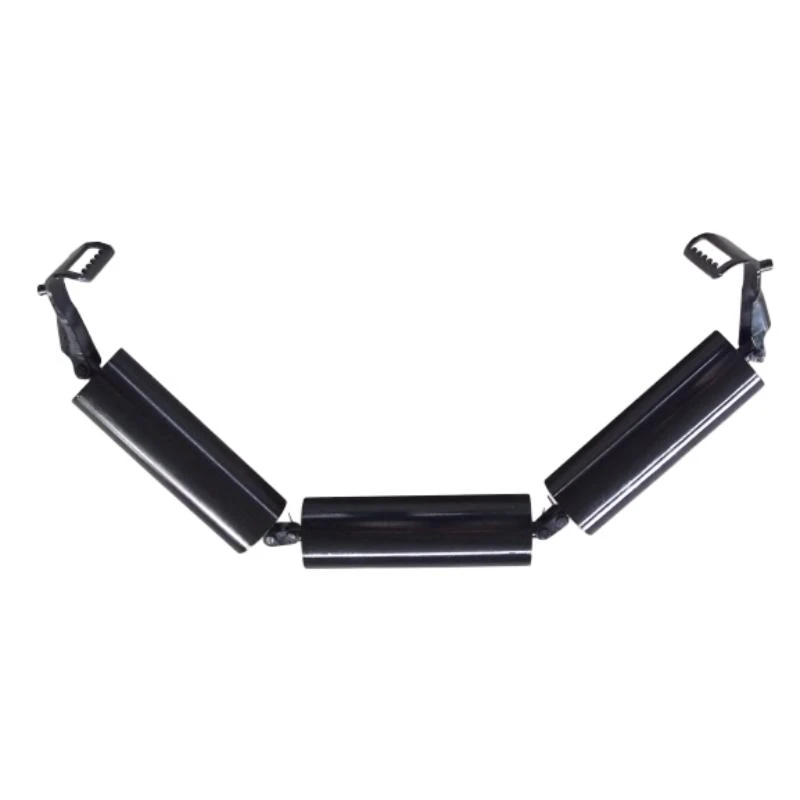 Afrikaans
Afrikaans  Albanian
Albanian  Amharic
Amharic  Arabic
Arabic  Armenian
Armenian  Azerbaijani
Azerbaijani  Basque
Basque  Belarusian
Belarusian  Bengali
Bengali  Bosnian
Bosnian  Bulgarian
Bulgarian  Catalan
Catalan  Cebuano
Cebuano  Corsican
Corsican  Croatian
Croatian  Czech
Czech  Danish
Danish  Dutch
Dutch  English
English  Esperanto
Esperanto  Estonian
Estonian  Finnish
Finnish  French
French  Frisian
Frisian  Galician
Galician  Georgian
Georgian  German
German  Greek
Greek  Gujarati
Gujarati  Haitian Creole
Haitian Creole  hausa
hausa  hawaiian
hawaiian  Hebrew
Hebrew  Hindi
Hindi  Miao
Miao  Hungarian
Hungarian  Icelandic
Icelandic  igbo
igbo  Indonesian
Indonesian  irish
irish  Italian
Italian  Japanese
Japanese  Javanese
Javanese  Kannada
Kannada  kazakh
kazakh  Khmer
Khmer  Rwandese
Rwandese  Korean
Korean  Kurdish
Kurdish  Kyrgyz
Kyrgyz  Lao
Lao  Latin
Latin  Latvian
Latvian  Lithuanian
Lithuanian  Luxembourgish
Luxembourgish  Macedonian
Macedonian  Malgashi
Malgashi  Malay
Malay  Malayalam
Malayalam  Maltese
Maltese  Maori
Maori  Marathi
Marathi  Mongolian
Mongolian  Myanmar
Myanmar  Nepali
Nepali  Norwegian
Norwegian  Norwegian
Norwegian  Occitan
Occitan  Pashto
Pashto  Persian
Persian  Polish
Polish  Portuguese
Portuguese  Punjabi
Punjabi  Romanian
Romanian  Russian
Russian  Samoan
Samoan  Scottish Gaelic
Scottish Gaelic  Serbian
Serbian  Sesotho
Sesotho  Shona
Shona  Sindhi
Sindhi  Sinhala
Sinhala  Slovak
Slovak  Slovenian
Slovenian  Somali
Somali  Spanish
Spanish  Sundanese
Sundanese  Swahili
Swahili  Swedish
Swedish  Tagalog
Tagalog  Tajik
Tajik  Tamil
Tamil  Tatar
Tatar  Telugu
Telugu  Thai
Thai  Turkish
Turkish  Turkmen
Turkmen  Ukrainian
Ukrainian  Urdu
Urdu  Uighur
Uighur  Uzbek
Uzbek  Vietnamese
Vietnamese  Welsh
Welsh  Bantu
Bantu  Yiddish
Yiddish  Yoruba
Yoruba  Zulu
Zulu rubber conveyor belt rollers
Rubber Conveyor Belt Rollers A Comprehensive Overview
Conveyor belt systems are integral to modern industries, providing a reliable and efficient means of transporting materials across various applications. Central to the functionality of these systems are rubber conveyor belt rollers. These rollers not only support the conveyor belts but also play a crucial role in ensuring their longevity and operational efficiency. This article delves into the significance, types, and maintenance of rubber conveyor belt rollers.
Importance of Rubber Conveyor Belt Rollers
Rubber conveyor belt rollers serve multiple essential functions in conveyor systems. Firstly, they provide structural support to the belt, distributing the weight of the transported materials evenly. This distribution is critical in preventing undue wear and tear on the belt. Secondly, rollers facilitate the smooth movement of the belt, minimizing friction and energy consumption. They also help in tracking, ensuring that the belt remains aligned and functions optimally throughout its operation.
These rollers are particularly advantageous in environments where noise reduction is a priority. The rubber material used in their construction dampens sound, making rubber rollers an excellent choice for facilities aiming to maintain a quieter working atmosphere. Additionally, rubber rollers offer enhanced grip compared to metal alternatives, further minimizing slippage and improving overall operational efficiency.
Types of Rubber Conveyor Belt Rollers
There are several types of rubber conveyor belt rollers, each tailored for specific functions and environments
1. Drive Rollers These rollers are responsible for powering the conveyor belt. Typically equipped with a motor, they provide the necessary traction and momentum to move the belt along the conveyor system.
2. Idler Rollers Idler rollers do not drive the belt but are crucial for supporting it in various sections of the conveyor line. They help maintain belt tension and facilitate smooth movement.
3. Return Rollers Located on the return side of the conveyor system, return rollers support the belt as it makes its way back to the loading point. They play a vital role in maintaining the belt's shape and reducing sagging.
4. Heavy-Duty Rollers Designed to withstand high loads, heavy-duty rollers are used in applications involving significant weight and stress. These rollers are built from robust materials and often feature reinforced rubber for added durability.
rubber conveyor belt rollers

5. Self-Cleaning Rollers In environments with sticky or abrasive materials, self-cleaning rollers help in minimizing material buildup on the rollers, reducing maintenance costs and downtime.
Maintenance of Rubber Conveyor Belt Rollers
To ensure the longevity and efficiency of rubber conveyor belt rollers, regular maintenance is essential. Here are some key maintenance practices
1. Regular Inspections Periodically inspecting the rollers for wear, damage, or misalignment can help identify potential issues before they escalate. Look for signs of excessive wear on the rubber surface and any signs of misalignment that could affect the operation of the conveyor system.
2. Cleaning Keeping the rollers clean is crucial, especially in environments with high levels of dirt, dust, or sticky materials. Regularly cleaning the rollers prevents the buildup of debris that can lead to wear and malfunction.
3. Lubrication Many rollers require lubrication to function optimally. Ensure that roller bearings are adequately lubricated to reduce friction and wear.
4. Correct Tensioning Maintaining proper tension on the conveyor belt is vital. Insufficient tension can lead to slippage and excessive wear, while too much tension can strain the rollers and the belt itself.
5. Replacement Eventually, roller wear is inevitable. Knowing when to replace rollers can save on costs and prevent disruptions in production. Keeping a record of roller usage and conducting regular assessments can help in planning replacements strategically.
Conclusion
Rubber conveyor belt rollers are fundamental components that ensure the efficient operation of conveyor systems across various industries. Their ability to provide structural support, reduce noise, and enhance grip makes them a preferred choice in many applications. By understanding their importance, types, and maintenance requirements, industries can optimize their conveyor systems, ensuring reliability, durability, and cost-effectiveness over time. Investing in quality rubber rollers and adhering to a solid maintenance routine will significantly enhance operational performance, ultimately contributing to the success of industrial operations.
-
Revolutionizing Conveyor Reliability with Advanced Rubber Lagging PulleysNewsJul.22,2025
-
Powering Precision and Durability with Expert Manufacturers of Conveyor ComponentsNewsJul.22,2025
-
Optimizing Conveyor Systems with Advanced Conveyor AccessoriesNewsJul.22,2025
-
Maximize Conveyor Efficiency with Quality Conveyor Idler PulleysNewsJul.22,2025
-
Future-Proof Your Conveyor System with High-Performance Polyurethane RollerNewsJul.22,2025
-
Driving Efficiency Forward with Quality Idlers and RollersNewsJul.22,2025





























